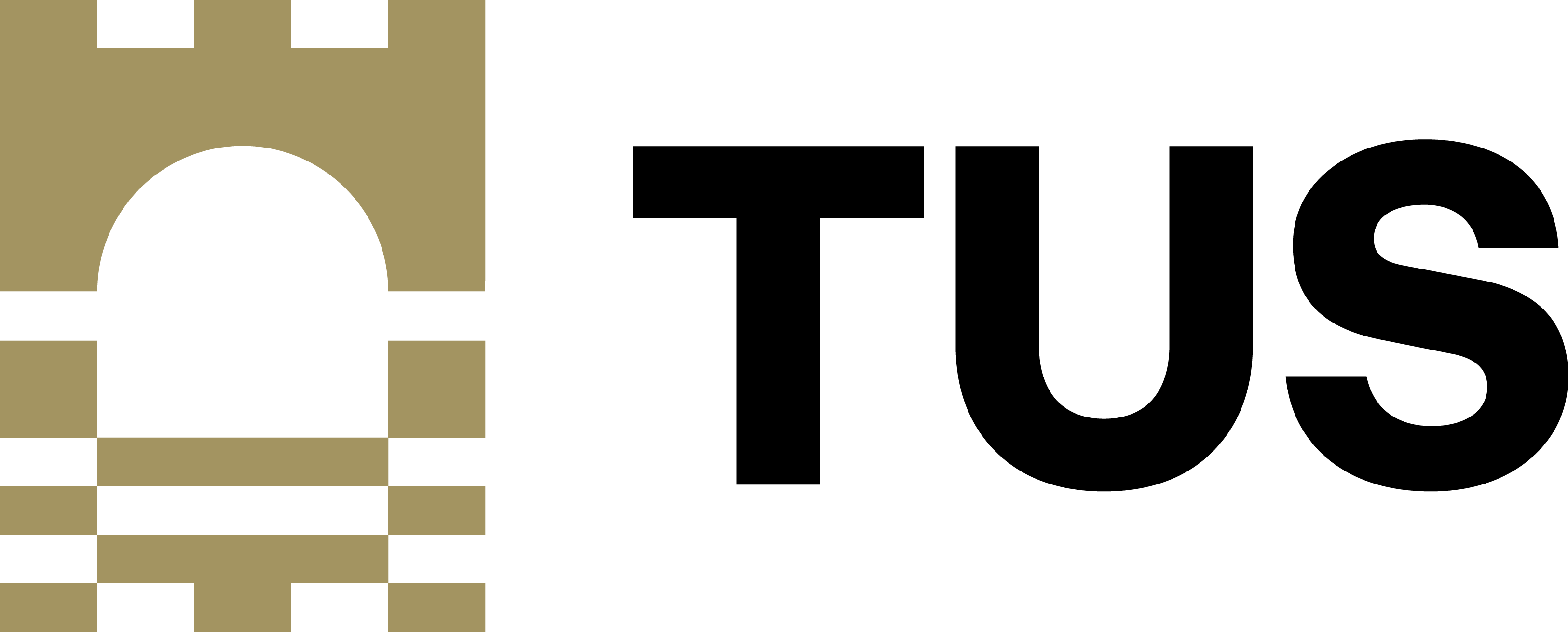What is Open Education?
The European Commission defines Open Education as:
“a way of carrying out education, often using digital technologies. Its aim is to widen access and participation to everyone by removing barriers and making learning accessible, abundant, and customisable for all. It offers multiple ways of teaching and learning, building and sharing knowledge. It also provides a variety of access routes to formal and non-formal education, and connects the two. (EU Science Hub, European Commission, 2016, CC BY)”
Education is a basic human right, but many people face real challenges when trying to access it. These challenges might be physical—like mobility issues or remote locations—or they could be financial, technological, cultural, or social. Open education aims to reduce or remove these barriers, making learning more accessible, equitable, and effective for everyone. As librarians, you play a key role in supporting open education by helping connect people with the resources and tools they need to learn, grow, and thrive.
Open education is widely seen as an important means of achieving United Nations Sustainable Development Goal #4, i.e. to ensure inclusive and equitable quality education and promote lifelong learning opportunities for all.

What are OERs?
- OER are teaching and learning materials that have been created and shared in a way which allow free use, re-use and adaptation of the work at no monetary cost
- OER include both openly licensed and Public Domain works
- OER include: course materials, open textbooks, videos, software, quizzes, slide decks, images, conference posters, rubrics etc.
- Interestingly, while all OER are Open Access, not all Open Access works are OER, as the Open Access licensing may not extend to re-use and adaptation
Media Attributions
- Open Practice Spectrum © Javiera Atenas

